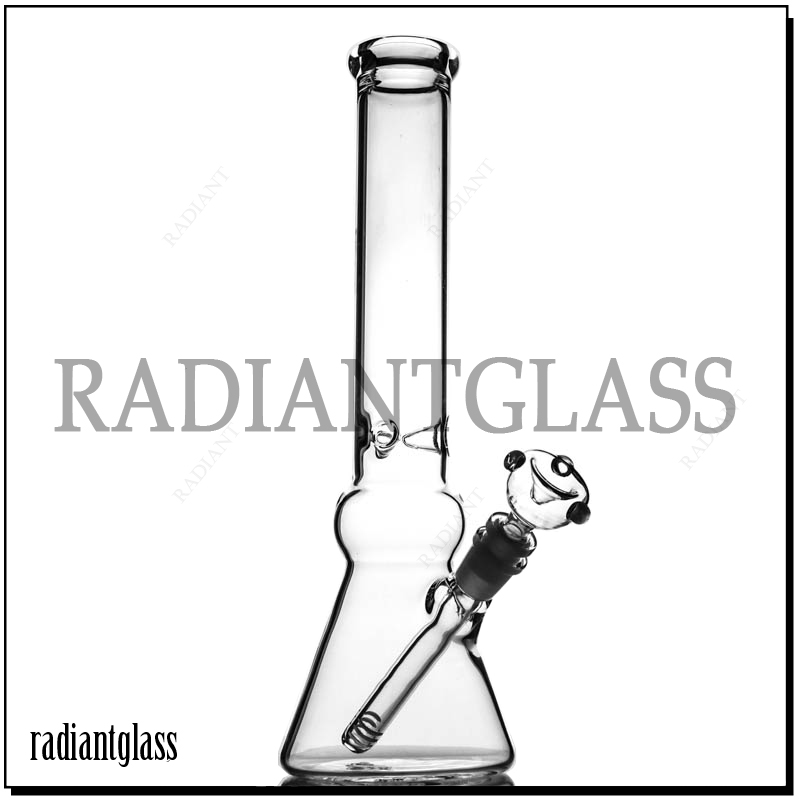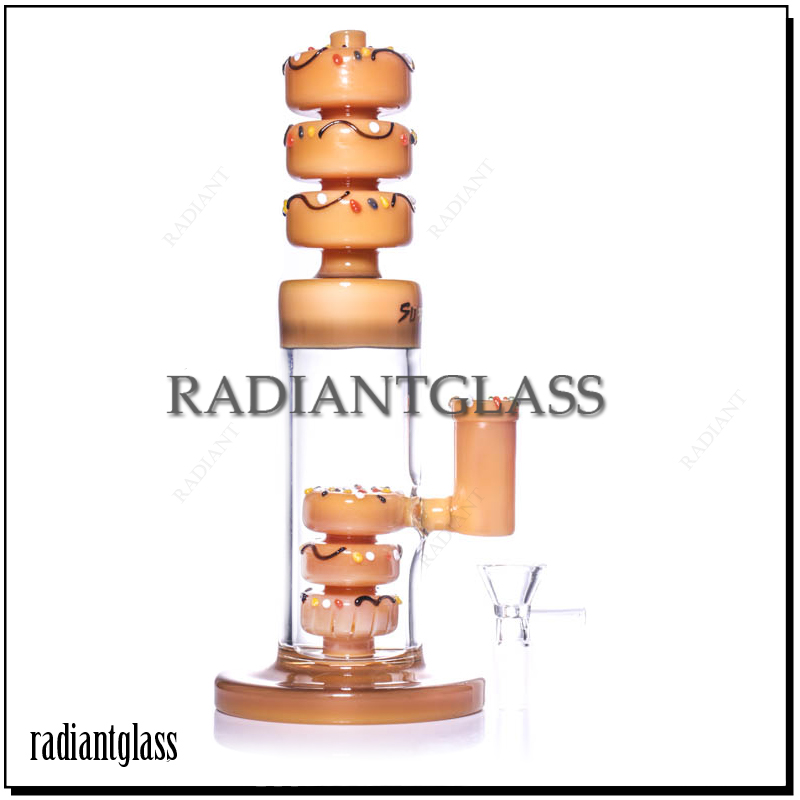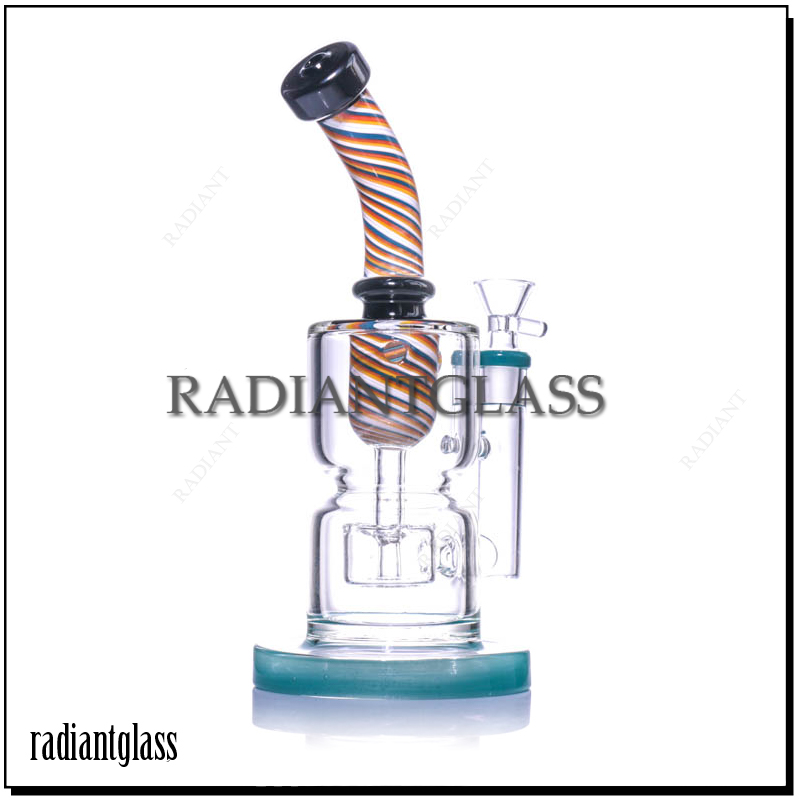Today we have a wide variety of Glass pipes to choose from, Chillums, Bowls, Bubblers, Bongs, Percolator Bongs and of course Dab Rigs like Waughstreet Glass’s Wig-Wag Fumed Mini Rig or the Grav Orbis Lume Bong.
When buying a glass pipe or bong, make sure it’s all glass. Cheaper bongs and pipes can be made with rubber or plastic joints. Metal bowls and metal or plastic down stems are also common on cheap bongs. Rubber, plastic, silicone, and metal are difficult to clean and not as safe as glass under high temperatures.
Well-made glass-on-glass joints are important to achieve a perfect seal on the pipe. The type of glass also makes a difference. Borosilicate is much better and can take heating and cooling that is a necessity for glass pipes. Borosilicate must be heated too much higher temperatures to melt, hence its nickname “hard glass.” That means it is better for making tightly sealed and complex joints.
Water pipes, also known as bongs, are very popular and range from tiny bubblers to human-height tubes on the very extreme end. Most bongs fall within the 15 – 45 mm range, though. Flower smokers are looking to diffuse and filter their smoke as much as possible, so glass pieces with one or more percolators and plenty of holes for diffusion are best for a smoother smoke. Concentrate users have almost as many options of different glass styles as flower smokers.
A glass dab rig is the standard for most concentrate users. Almost any medium or large bong can be adapted to work for concentrates too, although you might sacrifice some flavor along the way. To use a flower bong as a dab rig, simply attach a quartz, glass, ceramic, or titanium nail where the bowl would go. While huge bongs can also be adapted into dab rigs, keep in mind that smaller chambers are generally better for dabbing.

Timeline of Glass Pipes
30 B.C. – The glass-blowing technique became popular.
1492 – Christopher Columbus came across Native Americans who were all about smoking tobacco pipes. The pipes were made of wood and other accessible material.
1559 – Jean Nicot, a French diplomat brought a tobacco pipe back to France, and it quickly became a hit within the local culture.
1600 – Clay pipes came about and became widely accepted amongst the English culture.
1800 – The wooden tobacco pipe became popular and widely used for tobacco and hashish.
1960 – Using glass to produce extravagant pieces of art to display and smoke out of, grew extremely popular in society.
1977 – The first glass pipe patented.
2003 – America ran a sting operation on head shops and smoke shops to pull drug paraphernalia from being sold.
2010 – There are a plethora of glass weed pipes available. Glass-blowing techniques are fine-tuned, and production is taking off.
2018 – Glass weed pipes is one of the largest cannabis sectors, with some pieces going for over $100 000.
Post time: Jun-09-2023



